I. Description
The replica market has seen an exponential rise over the years, with brands like Fendi and Adidas becoming prime targets for counterfeiters. As of May 2024, the demand for these replicas has surged, driven by consumers’ desire for high-fashion items at a fraction of the cost. Platforms like Taobao and JD are flooded with listings for these replicas, offering everything from Fendi bags to Adidas shoes. This trend highlights a growing acceptance of replicas in fashion-conscious communities.
II. Pros
1. Affordability
One of the main attractions of replica products is their affordability. Consumers can enjoy the look and feel of high-end brands without breaking the bank. This is particularly appealing in a world where fashion trends change rapidly.
2. Accessibility and Availability
Replica items are widely available on online marketplaces, making it easy for consumers to purchase them from anywhere in the world. This accessibility has contributed to the widespread acceptance and popularity of replicas.
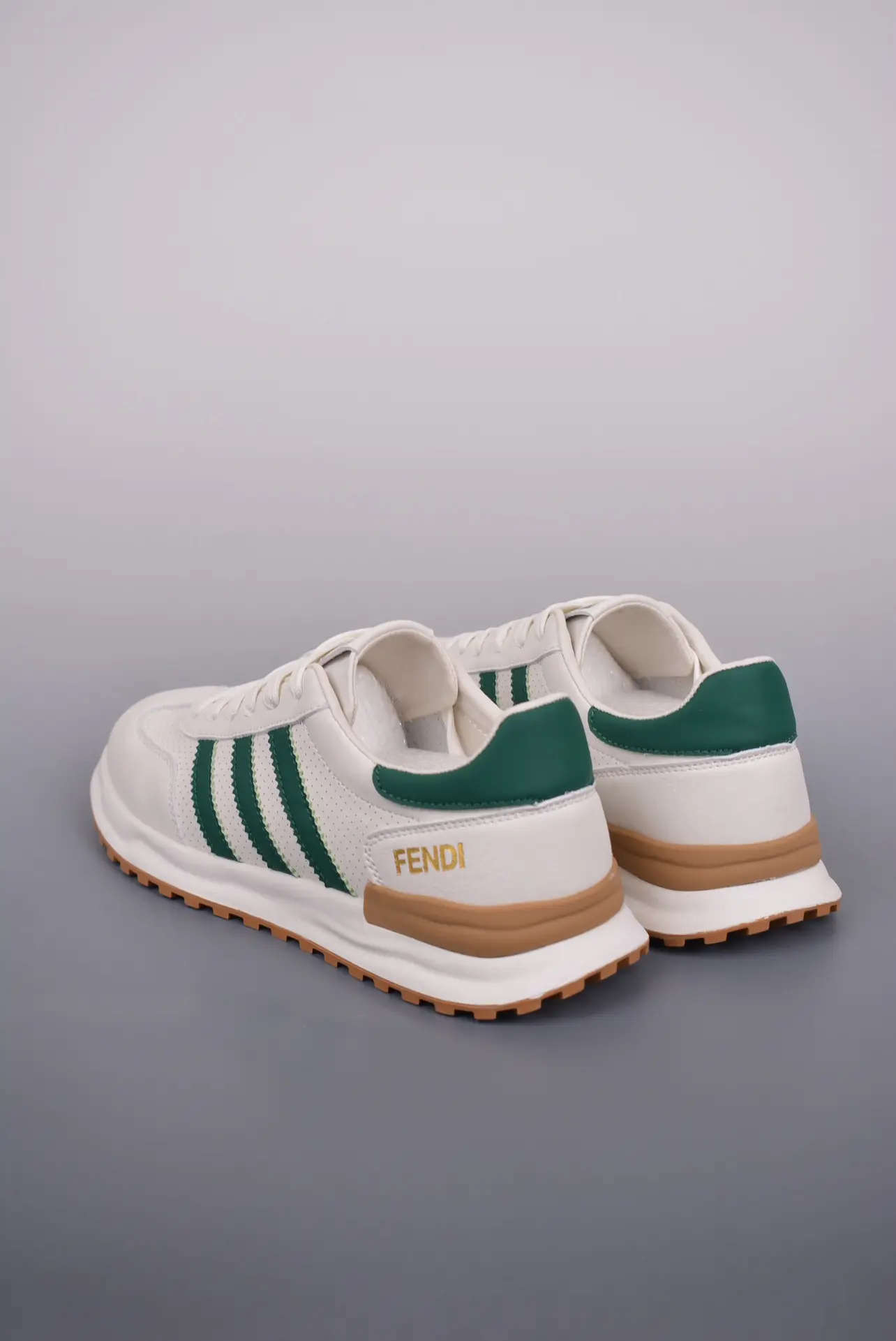
3. Variety and Style Options
Replicas offer a vast array of styles and designs, often mimicking the latest trends from top brands. This variety allows consumers to experiment with different looks without a significant financial commitment.
4. Quality Improvements
Over the years, the quality of replicas has significantly improved. High-grade replicas now closely resemble their authentic counterparts, making it difficult for the untrained eye to distinguish between the two.
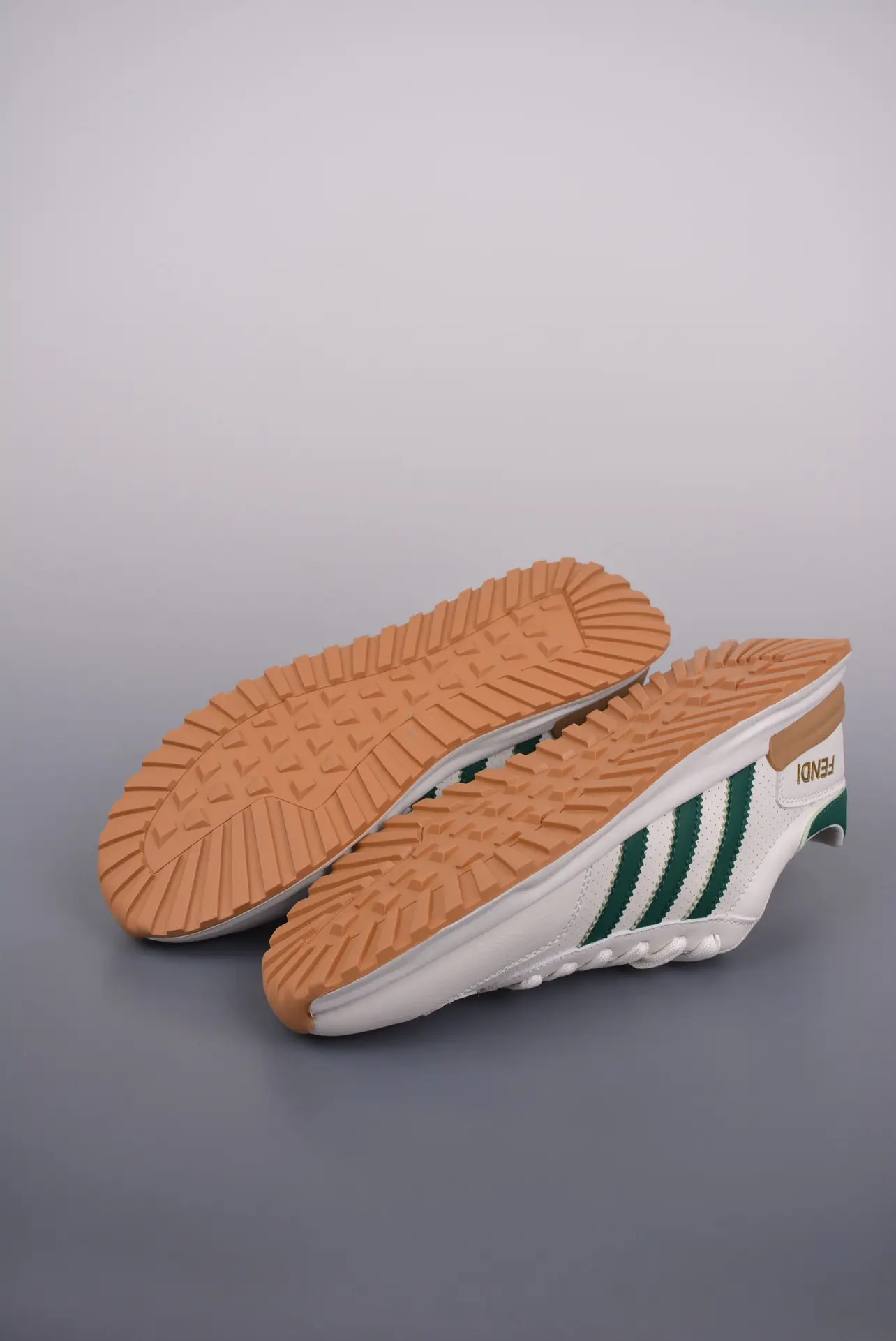
III. Cons
1. Ethical Concerns
The production and purchase of replicas raise significant ethical issues. These counterfeit goods infringe on intellectual property rights and contribute to a market that undermines original designers’ efforts and creativity.
2. Legal Implications
Buying and selling counterfeit goods is illegal in many jurisdictions. Consumers and sellers alike can face legal repercussions, including fines and potential jail time, for participating in the replica market.
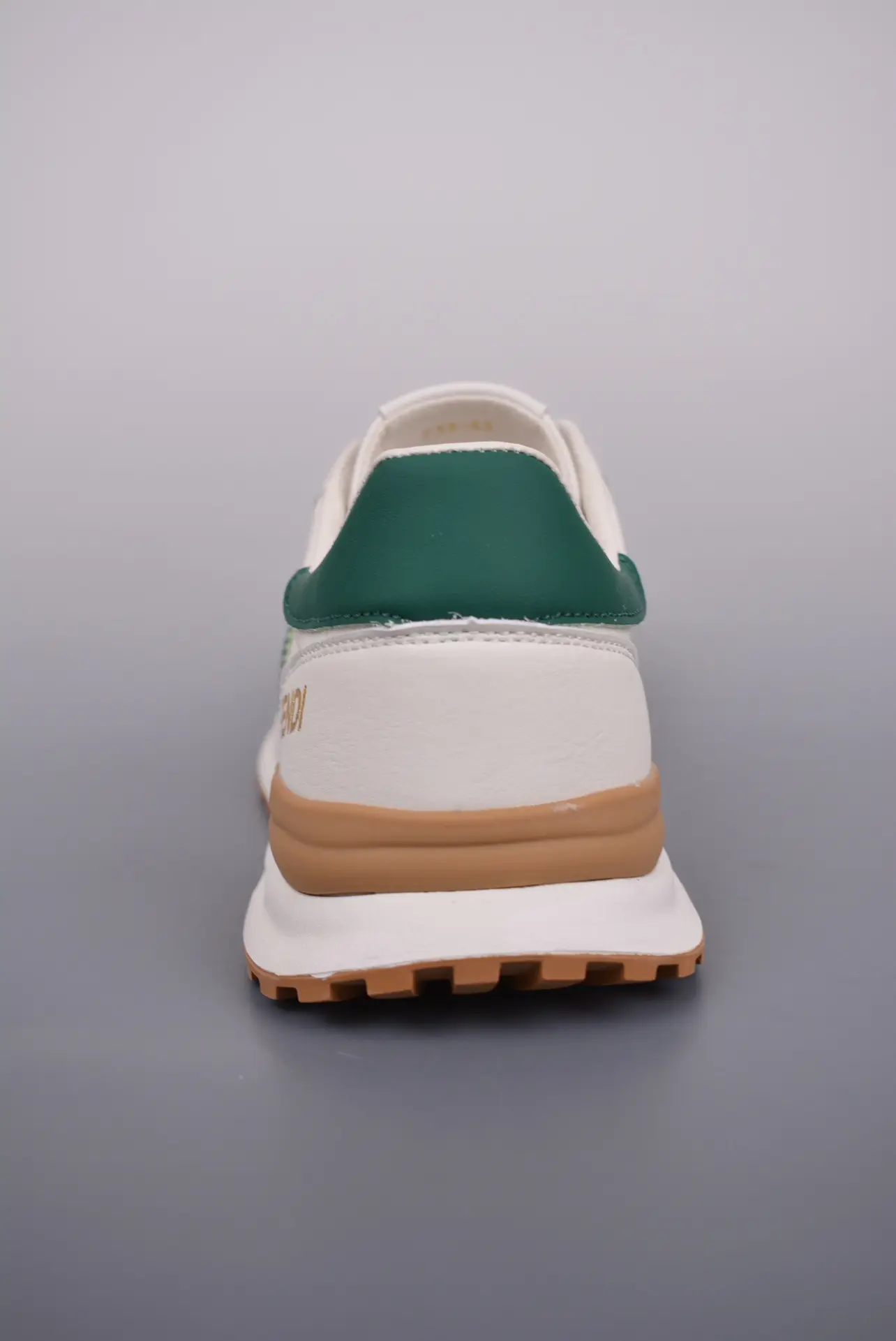
3. Quality Inconsistency
While some replicas boast high quality, there is considerable inconsistency across the market. Buyers often risk receiving subpar products that do not meet their expectations.
4. Potential for Scams
The replica market is rife with scams. Unscrupulous sellers may deceive buyers with false claims about the quality and authenticity of their products, leading to financial loss and disappointment.
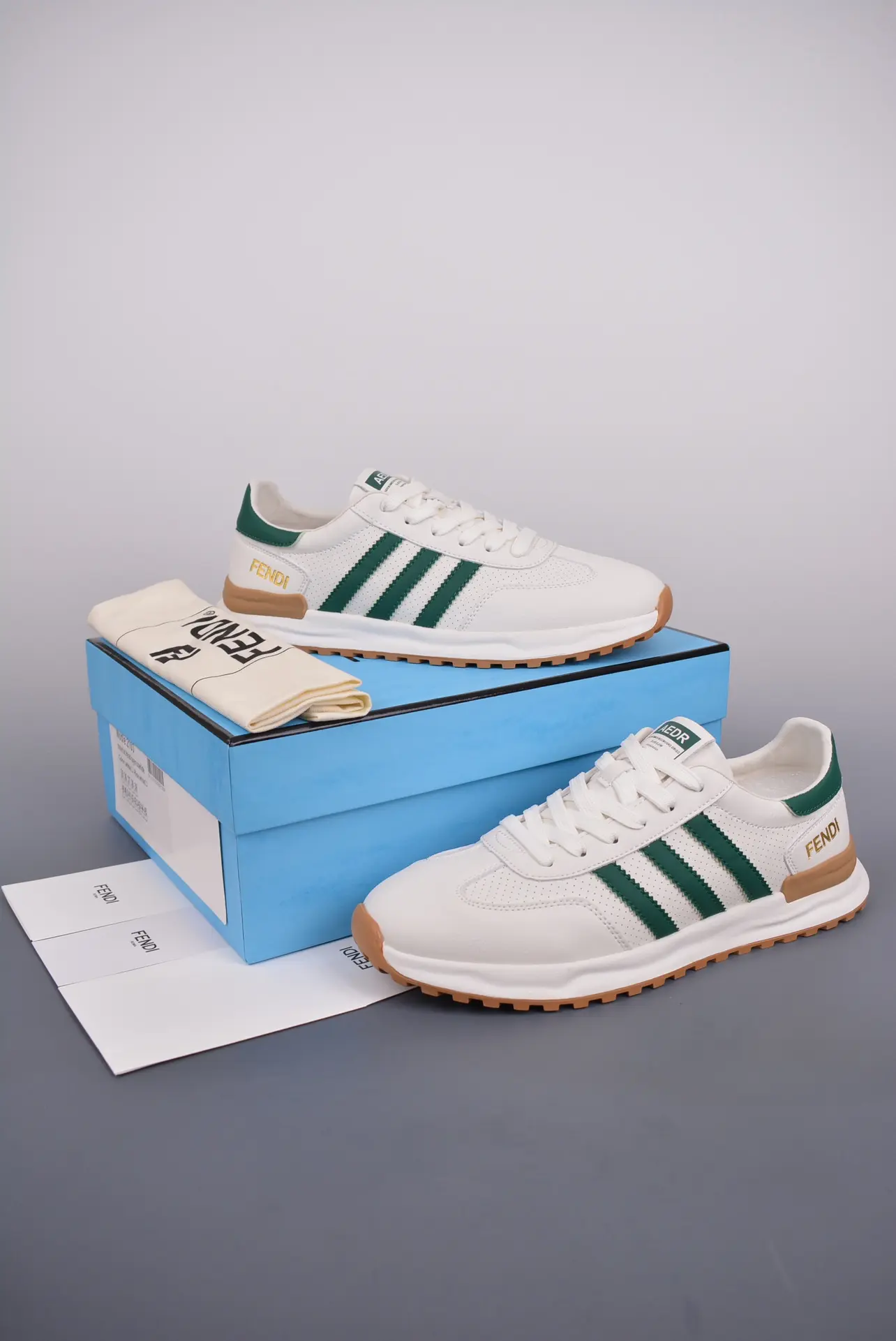
IV. Compare
1. Replica Fendi vs. Authentic Fendi
Authentic Fendi items are known for their exquisite craftsmanship and high-quality materials. In contrast, while high-grade replicas can closely mimic these features, they often fall short in durability and finer details.
2. Replica Adidas vs. Authentic Adidas
Authentic Adidas shoes offer superior comfort, performance, and longevity. Replicas, despite their aesthetic similarity, may lack the same level of support and durability, making them less suitable for athletic use.
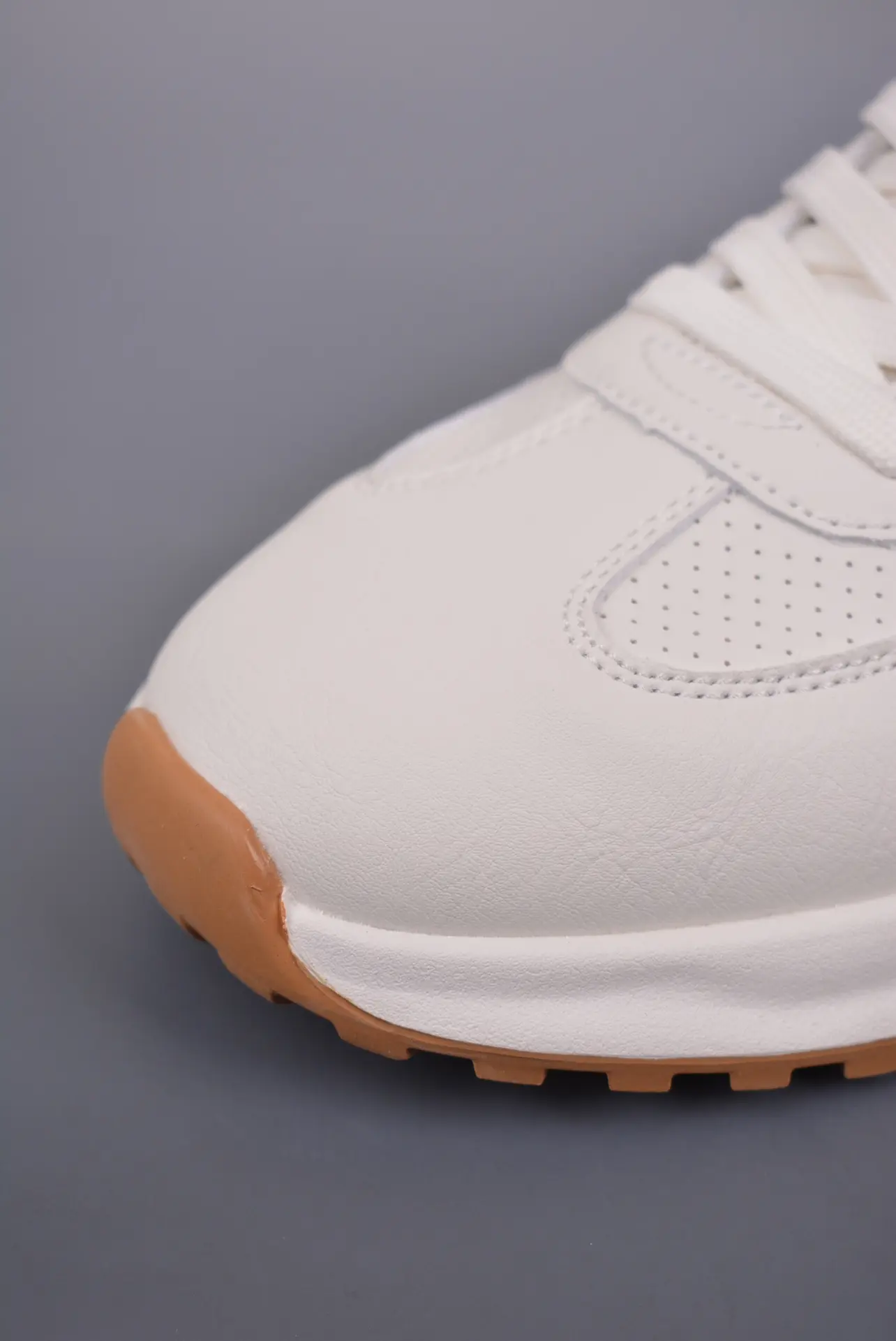
3. Comparison of Various Replica Marketplaces
Platforms like Taobao and JD offer a plethora of replica products, each with varying levels of quality and price. Consumers should research sellers and read reviews to avoid low-quality items and scams.
4. Quality and Price Comparison of Top Replica Sellers
Top sellers on platforms like Taobao often have better reviews and higher-quality replicas. However, these items still come at a fraction of the price of their authentic counterparts, making them an attractive option for budget-conscious buyers.
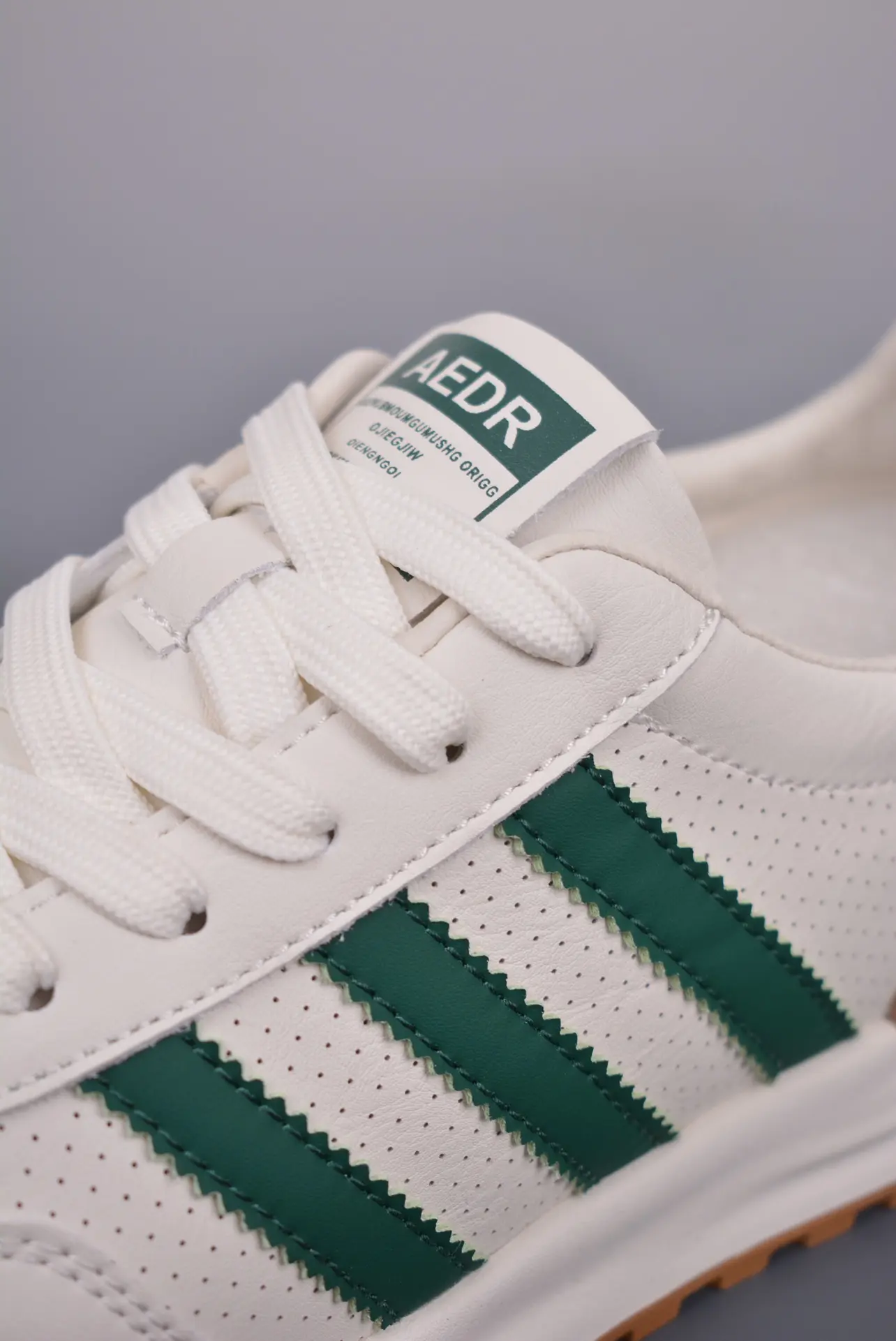
SKU: P230600861
Price: $109
Free Shipping Worldwide
30 Days Return & Refund
V. Reason to Buy
1. Cost-Effectiveness
Replica products offer a budget-friendly alternative to luxury items, allowing more consumers to enjoy high-fashion without the hefty price tag.
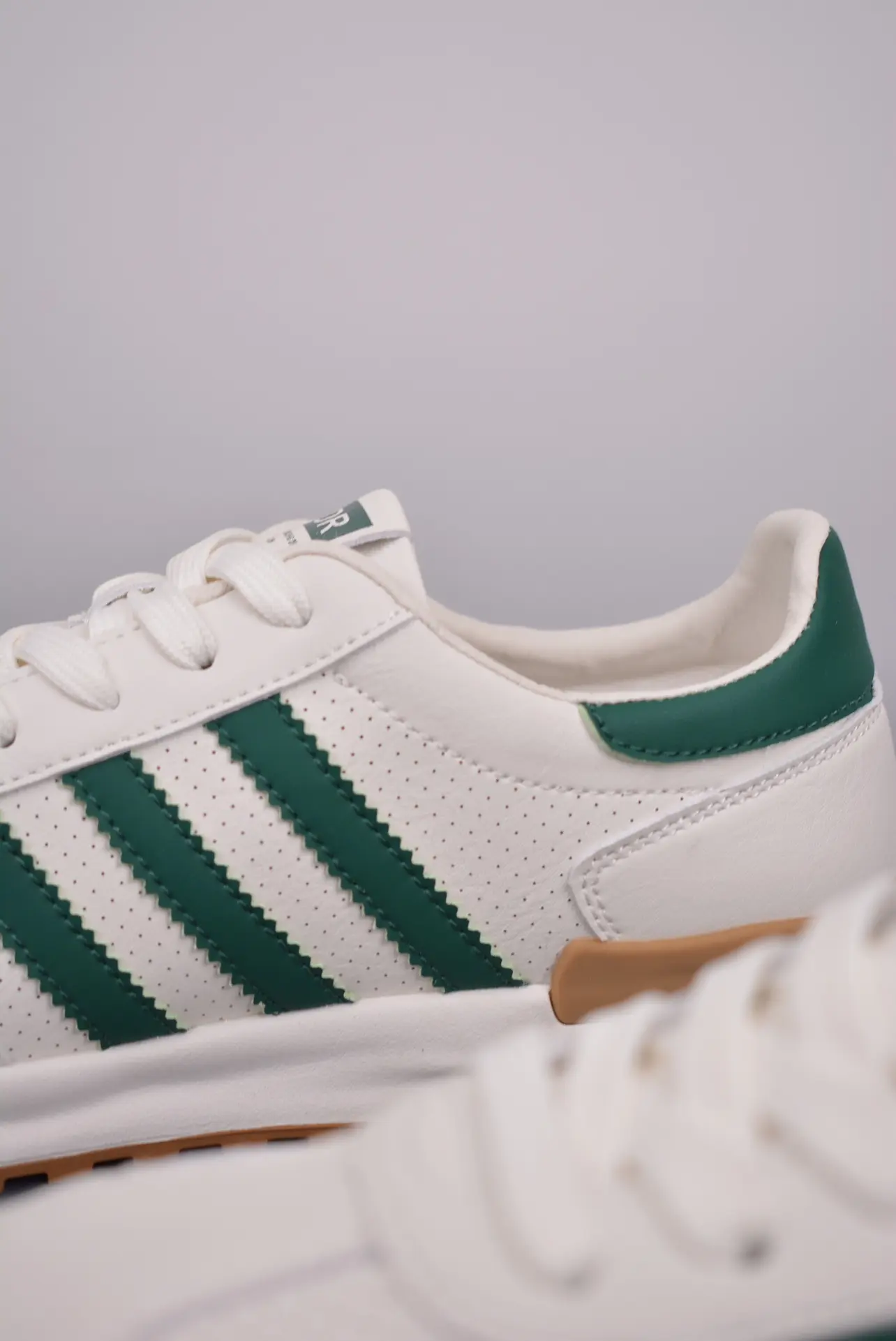
2. Fashion Trends and Personal Style
Replicas enable consumers to keep up with the latest fashion trends and express their personal style without significant financial investment.
3. Accessibility in Regions with Limited Authentic Options
In regions where authentic luxury items are hard to come by, replicas provide an accessible alternative, making high-end fashion more inclusive.
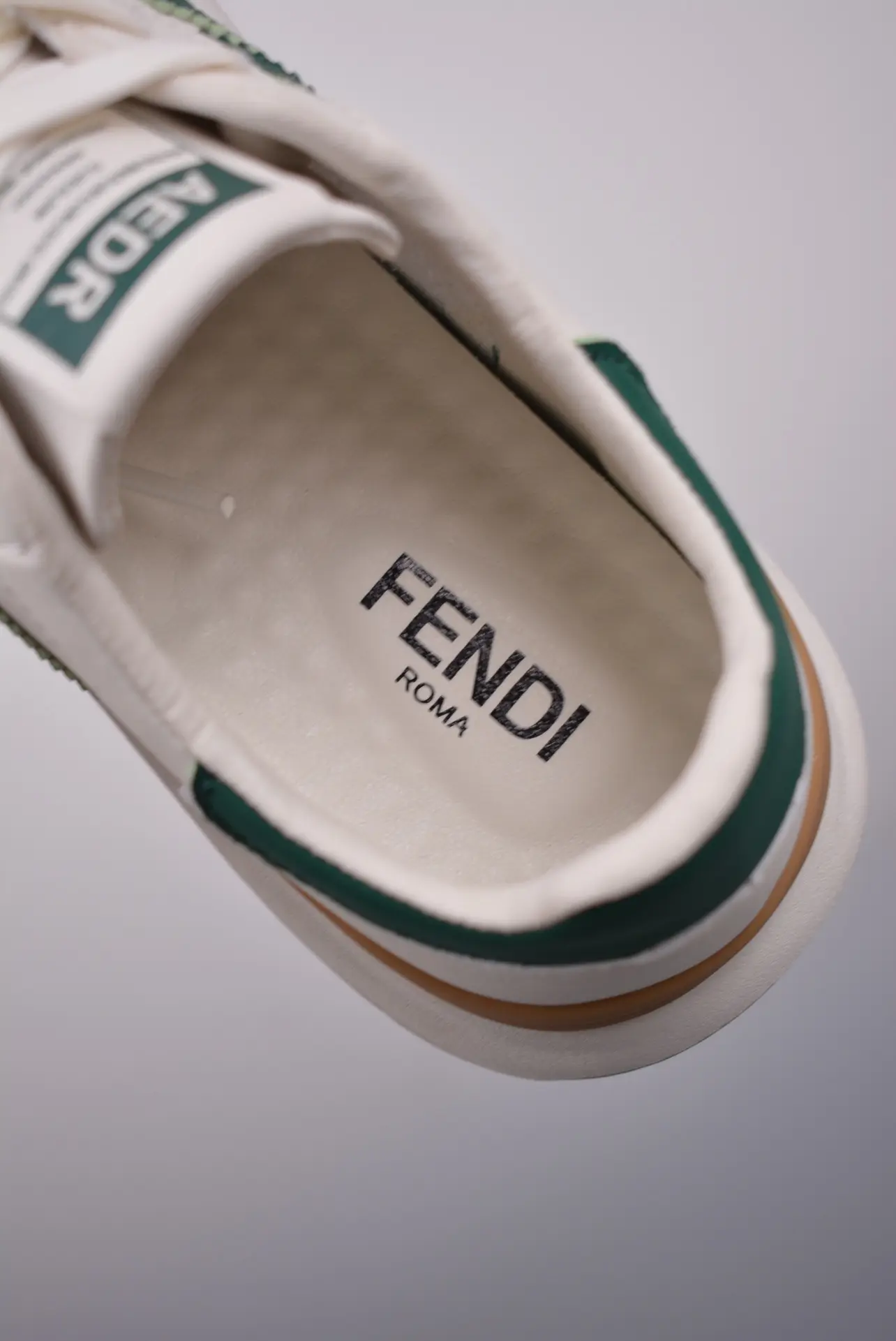
4. Increasing Quality of High-Grade Replicas
The quality of high-grade replicas has improved to the point where they can closely resemble authentic items, offering a satisfying experience for consumers.
VI. User Reviews
1. General Sentiment and Feedback
User reviews generally reflect a mix of satisfaction and disappointment. Many appreciate the affordability and appearance of replicas, while others criticize the quality and ethical implications.
2. Common Praises and Complaints
Praises often highlight the cost-effectiveness and stylish appearance of replicas. Complaints typically focus on the inconsistency in quality and occasional discrepancies in product descriptions.
3. Detailed Reviews from Popular Platforms
On platforms like Taobao and JD, reviews provide valuable insights into the seller’s reliability and the product’s quality. Positive reviews often come with photos and detailed feedback, helping potential buyers make informed decisions.
4. Expert Reviews from Niche Blogs
Niche blogs, such as MyGolfSpy for Adidas golf shoes, offer expert opinions on the performance and quality of replicas compared to authentic items. These reviews can guide consumers seeking specific product insights.
VII. Wash & Care
1. Maintenance Tips for Replica Leather Shoes
To maintain the appearance of replica leather shoes, it’s essential to clean them regularly with a damp cloth and avoid exposure to harsh conditions.
2. Cleaning Methods for Preserving Replica Quality
Using mild soap and water, followed by a protective spray, can help preserve the quality of replica shoes. Avoiding machine washing is crucial to prevent damage.
3. Special Care Instructions for Different Materials
Different materials require specific care. For instance, suede replicas should be cleaned with a soft brush, while patent leather needs gentle wiping with a microfiber cloth.
4. Do’s and Don’ts for Extending the Lifespan of Replicas
Do store replicas in a cool, dry place and use shoe trees to maintain their shape. Don’t expose them to extreme temperatures or moisture, as this can deteriorate their quality.
VIII. Ethical and Legal Considerations
1. Overview of the Legal Landscape Surrounding Replicas
The sale and purchase of replicas are illegal in many countries, with laws designed to protect intellectual property rights and combat counterfeit goods.
2. Ethical Debate: Counterfeit Fashion
The ethical debate around replicas centers on the impact on original brands and the creative industry. While some argue that replicas democratize fashion, others contend that they devalue designers’ work.
3. Impact on Original Brands
Replicas can negatively impact original brands by diverting sales and potentially damaging their reputation. This can lead to financial losses and reduced incentive for innovation.
4. Consumer Awareness and Responsibility
Consumers must be aware of the ethical and legal implications of buying replicas. Making informed choices and supporting original designers helps sustain the fashion industry’s creativity and integrity.
IX. Future of the Replica Market
1. Predictions for the Replica Industry
The replica industry is likely to continue growing, driven by consumer demand for affordable fashion. However, increased enforcement of intellectual property laws could pose challenges.
2. Potential Changes in Regulations
Future regulations may become stricter, with governments and brands collaborating to combat counterfeit goods more effectively. This could lead to a decrease in the availability of replicas.
3. Evolution of Consumer Preferences
As consumer awareness about the ethical and legal issues surrounding replicas grows, there may be a shift towards supporting original brands and sustainable fashion.
4. Technological Advancements in Replica Manufacturing
Technological advancements could further enhance the quality of replicas, making them even more indistinguishable from authentic items. This could lead to a continued rise in their popularity, despite potential legal risks.
The replica market remains a complex and controversial aspect of the fashion industry. While it offers affordability and accessibility, it also raises significant ethical and legal concerns. As consumers, understanding these nuances helps make more informed decisions about our purchases and their broader impact.







